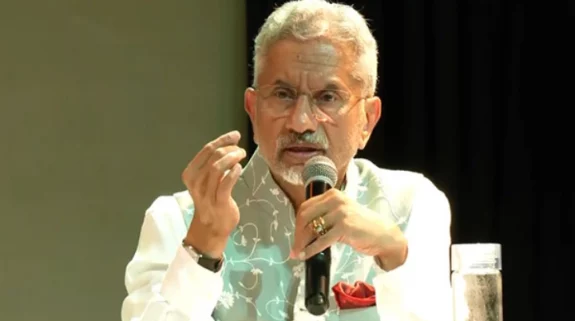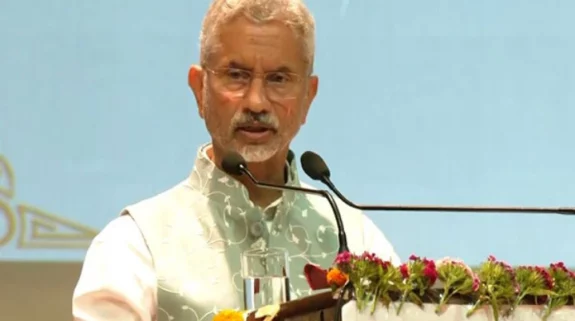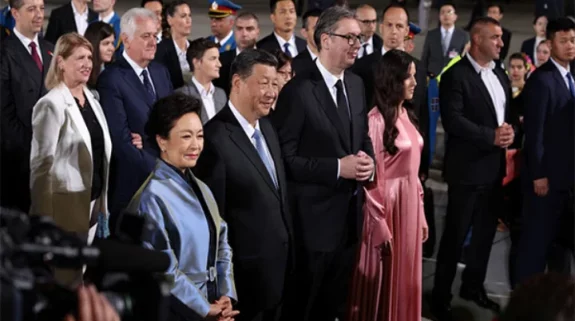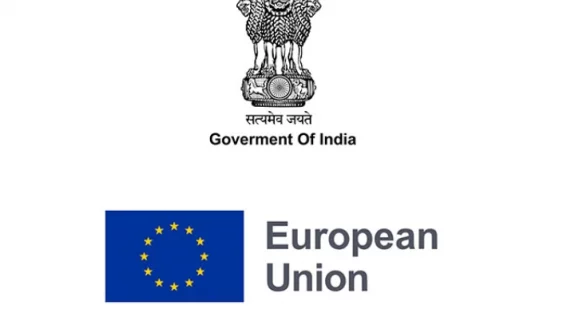Even as several countries including Laos and Sri Lanka fell to China’s debt trap, Beijing’s international loans now amount to over 5 per cent of the global GDP. The opacity in lending towards the much-hyped Belt and Road Initiative (BRI) has also led to serious concerns across the board especially as cost of the project has escalated significantly over the last few years. It is worthwhile to note that Beijing has never published any official data on its lending and investments leading to a web of confusion.
“By extending huge loans with strings attached to financially vulnerable states, it has not only boosted its leverage over them but also ensnared some in sovereignty-eroding debt traps,” the Hill in an article noted.
It also highlighted that instead of evaluating a borrower country’s creditworthiness, including whether new loans could saddle it with an onerous debt crisis, China extends loans. “The heavier the debt burden on the borrower, the greater China’s own leverage becomes,” it said.
China, which is the largest global creditor today, has extended loans to more than 150 countries. However, it is not a member of the Paris Club — an informal group of creditor nations with the aim to strike workable repayment solutions. Beijing is also not part of the Organisation for Economic Co-operation and Development (OECD). Both Paris Club and OECD maintain loan records of official creditors.
The Hill article further pointed out that every loan contract since 2014 has come with sweeping confidentiality clauses compelling the borrowing country to keep confidential its terms or even the loan’s existence.
The BRI— Chinese President Xi Jinping’s dream project— was kicked off in 2013.
Is China getting trapped in its own debt problem?
While China’s lending pattern is mired in controversy and opacity, experts have raised doubts over China’s own debt problem.
China’s total debt to GDP ratio—an indicator of how well a country has managed to pay back its debt in relation to its GDP– is well around 300 per cent.
China’s piling on of debt has long raised concerns among observers of the Chinese economy because rapid descents into indebtedness in other countries have typically led to major economic collapse or severe banking crises, the Bank of Finland Institute for Emerging Economies said in its report in January.
According to the Washington-based Institute of International Finance (IIF) China’s debt was on track to hit a whopping 335 per cent of GDP.
This however included debt across all sectors such as household, government, financial and non-financial corporate.
The country’s overall level of debt is driven primarily by real estate, corporates and shadow banking. Deftly, China has kept direct borrowings by the central government at a reasonable level but the accounts of the local governments and its companies and banks are mired in a web which is difficult to analyze.
Most of the lending has been undertaken by Chinese government and state-controlled entities—essentially leading to camouflaging.
According to the Harvard Business Review, “China has extended many more loans to developing countries than previously known” and the “systematic underreporting of these loans has created a ‘hidden debt’ problem – meaning that debtor countries and international institutions alike have an incomplete picture on how much countries around the world owe to China and under which conditions.”




















